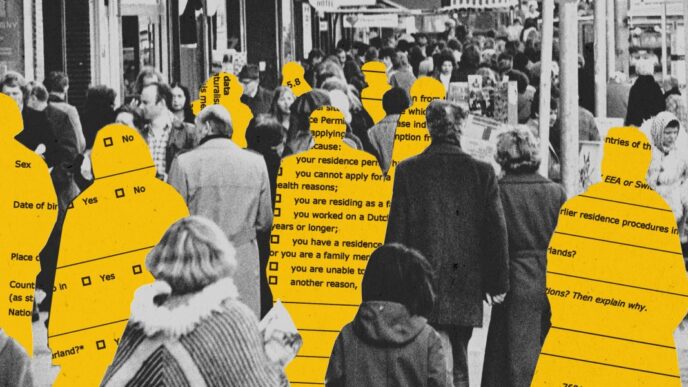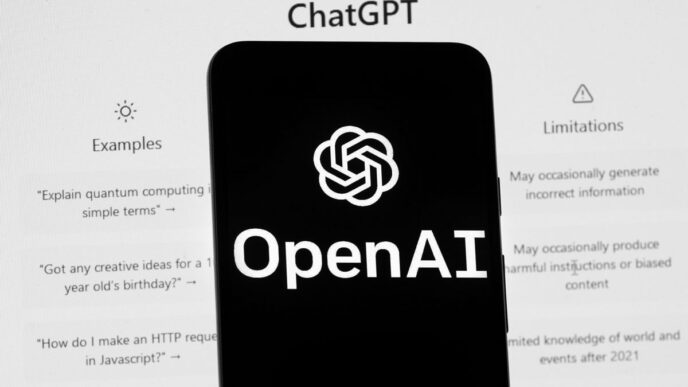New study finds AI’s grasp of “sensory” concepts like flowers is shallow
Researchers from Ohio State University published a study on June 4, 2025, in Nature Human Behaviour showing Large Language Models (LLMs) like ChatGPT fail to truly represent sensory-rich concepts—like flowers—as humans do.
The issue: LLMs lack a body and organic experience, so they can’t smell a rose, touch petals, or feel textures. This missing sensory input means AI concepts stay hollow.
Lead author Qihui Xu explained:
"A large language model can’t smell a rose, touch the petals of a daisy or walk through a field of wildflowers. Without those sensory and motor experiences, it can’t truly represent what a flower is in all its richness. The same is true of some other human concepts."
The findings suggest AI’s creativity is limited by these poor sensory connections. Cognitive scientist Mark Runco, not involved in the study, agreed:
"AI doesn’t have rich sensory experiences, which is why AI frequently produces things that satisfy a kind of minimal definition of creativity, but it’s hollow and shallow."
The team tested LLMs on words with sensory and motor characteristics, such as emotional arousal or physical actions. Models trained on visual data did slightly better but still fell short of human understanding. Touch, smell, and hearing remain beyond current AI’s reach.
The research points to a bigger gap: AI’s lack of a “self” or memory linked to bodily experience makes it fundamentally different from humans.
Xu said future AI with sensors and robotics could improve:
"When future LLMs are augmented with sensor data and robotics, they may be able to actively make inferences about and act upon the physical world."
But experts remain cautious about how close AI will ever get to human sensory richness.
The full study is available here.














